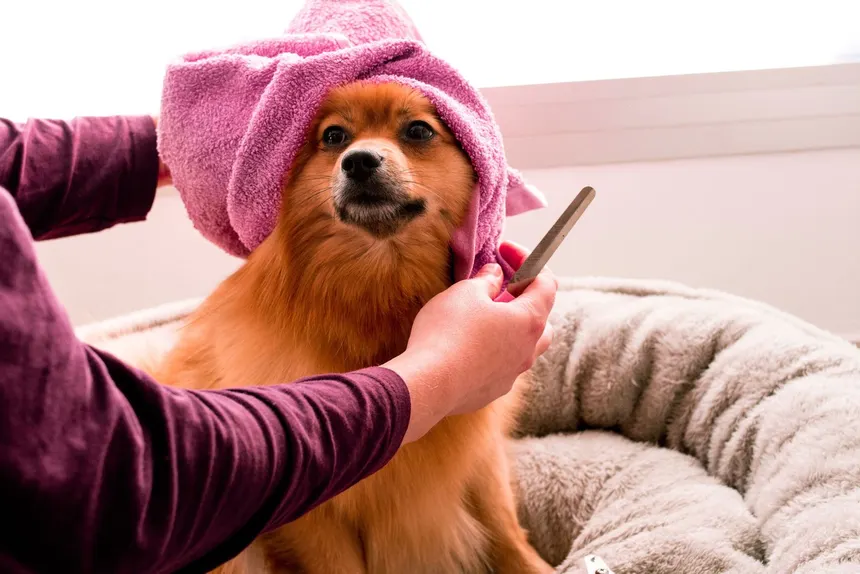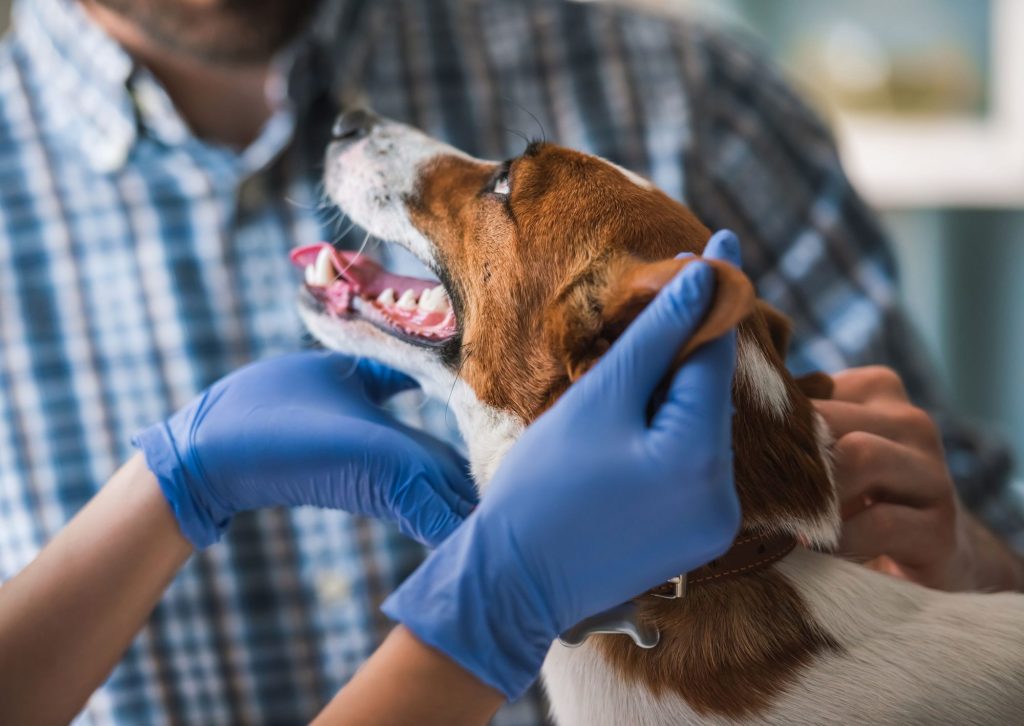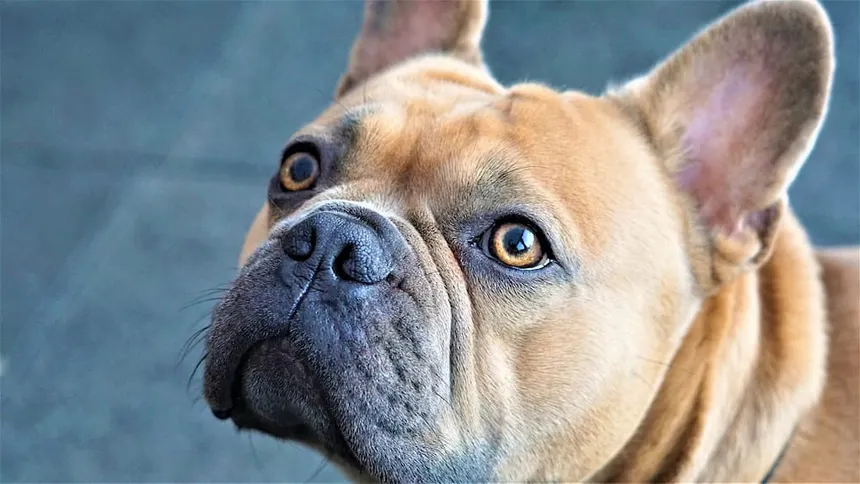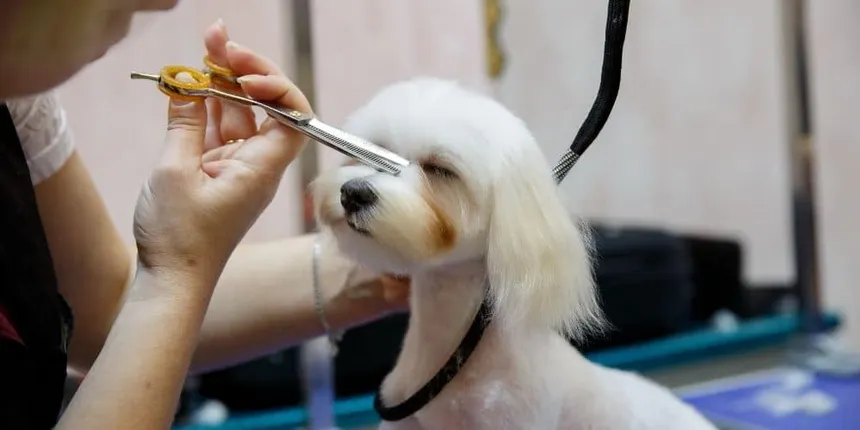Not all dog breeds need professional grooming, but most benefit from it. Breeds with long, curly, or high-maintenance coats generally require professional care to avoid matting, skin issues, and discomfort, while short-haired or low-maintenance breeds may only need occasional grooming at home.
Do All Dog Breeds Need Professional Grooming?

No, not all dog breeds need professional grooming, but many do. Grooming needs vary based on breed, coat type, and lifestyle. Some dogs thrive with simple at-home care, while others need routine professional attention to stay clean, healthy, and comfortable.
Understanding the grooming needs of your dog isn’t just about looks—it’s about their health, comfort, and hygiene. Careers Collectiv often sees new pet owners underestimate this aspect of care, especially for breeds that appear low-maintenance but actually require more than a brush and bath.
With growing awareness around canine health and grooming, many animal lovers are exploring how to be a dog groomer in 2025. The demand for skilled professionals continues to rise, and understanding breed-specific needs is a key foundation for success in this career path.
Which Dog Breeds Truly Need Professional Grooming?

Some dog breeds are born high-maintenance. They require professional grooming to manage their coats, skin, and hygiene. These dogs often have thick, long, curly, or dense fur that can easily mat or trap dirt and moisture.
Examples of breeds that need regular grooming include:
- Poodles & Doodles
Curly, non-shedding coats that mat quickly if not trimmed and brushed regularly - Shih Tzus & Maltese
Long, silky coats prone to knots and eye discharge buildup - Afghan Hounds
Fine, flowing coats requiring frequent bathing and drying - Cocker Spaniels
Feathered coats with oily skin—require expert attention to avoid skin infections - Bichon Frise
Dense, wool-like curls that need professional scissoring and brushing - Portuguese Water Dogs
Hypoallergenic but high-maintenance coats that need shaping and detangling
Common coat issues without grooming:
- Severe matting
- Trapped moisture = skin infections
- Ear canal blockages
Overgrown nails = posture problems
Low-Maintenance Dog Breeds That Don’t Require Grooming Services Often

Not all dogs need monthly salon visits. Some breeds have natural coats that require little beyond occasional brushing and basic hygiene.
Examples of low-grooming requirement dog breeds:
- Beagle
Short, sleek coat – occasional bath and weekly brushing - Doberman Pinscher
Tight skin and smooth coat – minimal grooming required - Chihuahua
Single-layer coat (short or long) – easy to brush and bathe at home - Boxer
Short, fine coat – naturally clean with low odor - Weimaraner
Short-haired and dirt-repellent coat – very low maintenance
Tips for low-maintenance grooming care:
- Use grooming gloves or rubber brushes
- Bathe only when visibly dirty
- Check ears, nails, and teeth monthly
Brush to remove dead hair and reduce shedding indoors
Professional Grooming vs. At-Home Grooming: What’s the Difference?

At-home grooming works for routine maintenance. But professional groomers offer more than just a haircut—they bring training, tools, and expertise that make a difference in your pet’s health and behavior.
Key differences:
- Professional grooming includes:
- Precision coat trimming
- Sanitary trims
- Nail clipping and filing
- Anal gland expression
- Parasite checks
- Skin and coat assessments
- Precision coat trimming
- At-home grooming typically includes:
- Brushing
- Occasional baths
- Basic nail trimming (often skipped due to fear)
- Brushing
When setting up your own grooming routine, many pet owners wonder, “Can you use human clippers to groom my dog at home?” While it might seem convenient, human clippers aren’t designed for a dog’s coat type or skin sensitivity. Using the wrong tools can cause discomfort, uneven cuts, or even injury. Always opt for dog-specific grooming clippers for safety and effectiveness.
Tools you’ll need for home grooming:
- Slicker brushes and combs
- Dog-safe shampoo and conditioner
- Nail clippers or grinders
- Ear cleaning solution
- Grooming scissors (with safety tips)
Cost comparison:
- Professional grooming: $60–$120 per session
- DIY: Low recurring cost, but high time investment and risk if done incorrectly
Grooming Needs by Coat Type
Different coats have very different needs. Understanding your dog’s coat type helps determine how often and how thoroughly they should be groomed.
Short Coat
- Needs: Minimal brushing, occasional bath
- Tools: Bristle brush, grooming mitt
- Frequency: 1–2 times per month
Medium Coat
- Needs: More frequent brushing to avoid tangles
- Tools: Pin brush, dematting comb
- Frequency: Once a week or bi-weekly
Long Coat
- Needs: Regular detangling and trimming
- Tools: Slicker brush, detangler spray
- Frequency: 2–3 times per week, monthly trim
Curly or Wavy Coat
- Needs: Regular clipping, daily brushing
- Tools: Curved scissors, clipper set
- Frequency: Every 4–6 weeks professionally
Double Coat
- Needs: Seasonal de-shedding, undercoat care
- Tools: Undercoat rake, deshedding tool
- Frequency: Weekly brushing, pro groom during shedding season
Health Benefits of Professional Dog Grooming
Grooming is about more than cleanliness—it’s a proactive approach to your dog’s overall health.
Health perks of professional grooming include:
- Early detection of skin issues like rashes, lumps, or parasites
- Ear cleaning prevents infections, especially in floppy-eared breeds
- Nail trimming protects joints and posture
- Teeth brushing (if included) helps prevent periodontal disease
- Sanitary trims reduce infection risks in private areas
Vet-backed reasons to groom:
- Matting can cut off circulation
- Long nails cause foot deformities
Dirty ears are breeding grounds for bacteria and yeast
How Often Should Dogs Be Professionally Groomed?
How Often Should a Dog Be Groomed? It depends on the breed, coat type, and lifestyle. Active dogs or those frequently outdoors often require more regular grooming to maintain coat health and hygiene.
Grooming Frequency Chart (by breed group):
- Toy Breeds (e.g., Maltese, Yorkie): Every 3–4 weeks
- Sporting Breeds (e.g., Spaniels, Setters): Every 6–8 weeks
- Working Breeds (e.g., Doberman, Boxer): Every 8–12 weeks
- Non-Sporting (e.g., Poodle, Bichon): Every 4–6 weeks
- Herding (e.g., Collie, Aussie): Every 6–8 weeks
- Hound (e.g., Beagle, Greyhound): Every 8–12 weeks
- Mixed or Designer Breeds (e.g., Cavoodle): Every 4–6 weeks
These timelines serve as a helpful guide when answering the common question: “How Often Should a Dog Be Groomed?” Always consider your dog’s individual needs, activity level, and coat condition.
Grooming Tips for First-Time Dog Owners
If you’re new to dog ownership, start grooming early to build comfort and routine.
Beginner-friendly tips:
- Start brushing your dog weekly—even short-haired breeds
- Use treats and positive reinforcement during sessions
- Keep sessions short and calm—5–10 minutes at a time
- Learn to safely trim nails, but don’t hesitate to ask for help
- Schedule a pro groom early—even if your dog doesn’t “need it” yet
Common mistakes:
- Skipping grooming entirely
- Using human products on dogs
Not desensitizing your dog to tools and handling
When to See a Professional Dog Groomer
Some signs mean it’s time to call in the pros.
Indicators your dog needs professional grooming:
- Fur is matted, tangled, or sticky
- Foul smell or visible dirt
- Red or itchy skin
- Nails clicking loudly on the floor
- Change in coat texture or color
- Eyes or ears have discharge
- Dog avoids brushing or resists touch
If you’re debating the best grooming option, you might wonder: Is mobile dog grooming better than a salon in Australia? The answer depends on your dog’s temperament, your schedule, and location. Mobile grooming offers convenience and a stress-free environment for anxious pets, while salons may provide more comprehensive equipment and staff for specialty services.
What to ask your groomer:
- What coat type does my dog have?
- How often should we schedule?
- Do you notice any health issues?
- What tools/products do you recommend for home use?
Bonus tip:
Print a monthly grooming checklist or calendar—available from Careers Collectiv—to stay on track.
Frequently Asked Questions
Can I groom my dog myself instead of a groomer?
Yes, especially for low-maintenance breeds. But professional groomers have tools and training to handle tricky coat types, mats, and hygiene areas safely.
What happens if I don’t groom my dog?
Your dog may suffer from matted fur, painful skin issues, infections, overgrown nails, and behavioral stress.
Do all dogs need haircuts?
No. Only specific breeds with continuously growing hair (e.g., Poodles) require haircuts.
How much does professional grooming cost in Australia?
It varies by breed and size—typically $60 to $120 per session.